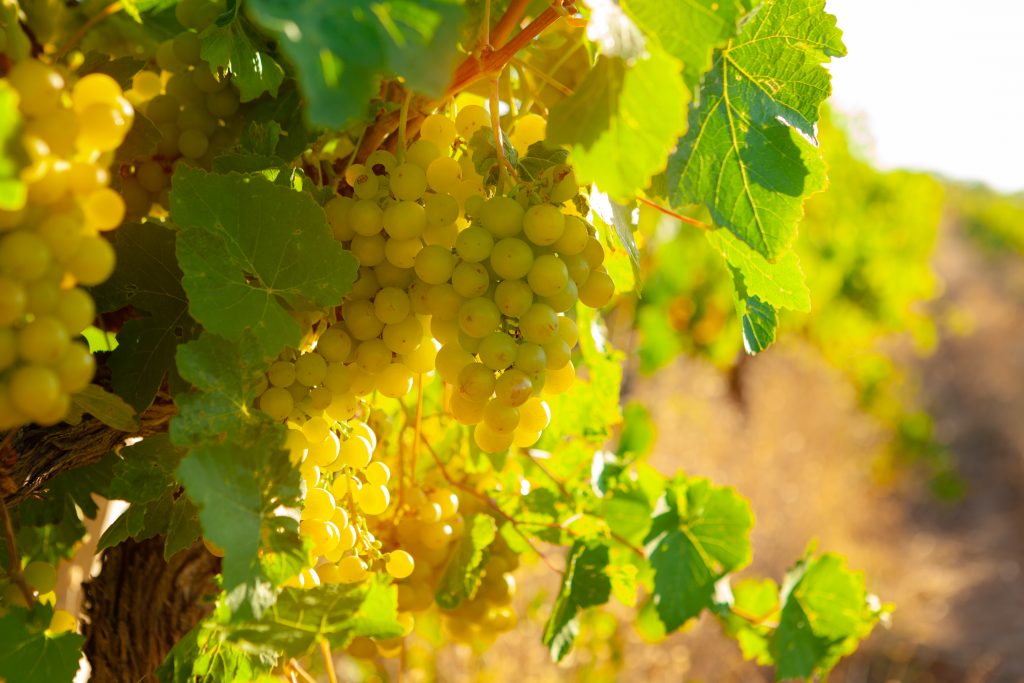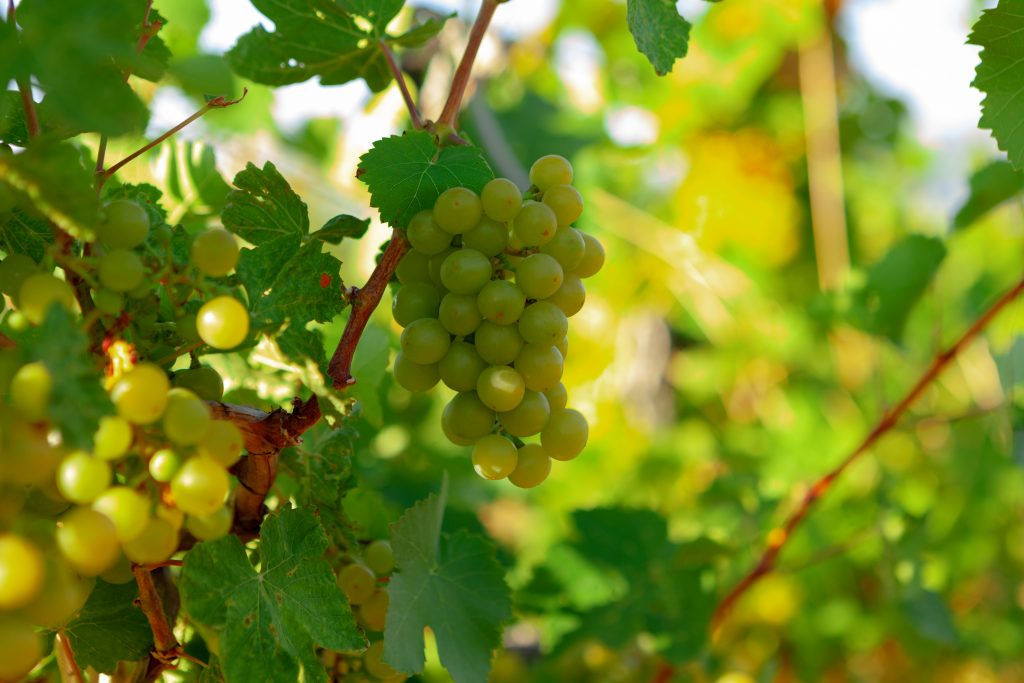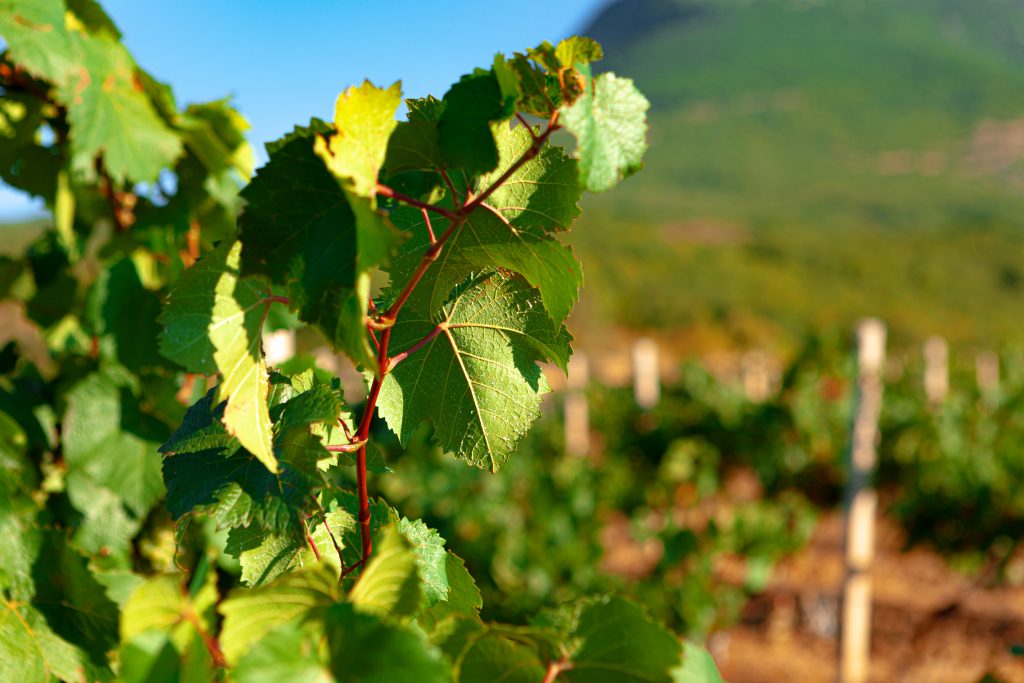Garnacha Blanca is a very characteristic variety from the north-east of the peninsula, famous for its low-acidity, mineral, expressive and aromatic white wines. Here we tell you everything you need to know about this grape variety.

Characteristics of Garnacha Blanca
Garnacha Blanca has a medium budding and ripening. It is vigorous (although less so in sandy soils), susceptible to mildew, excoriosis, botrytis cinerea, bacterial necrosis and grapevine moth.
This grape variety is well adapted to slightly acid soils, with gravel and rich in limestone. Short pruning and goblet training are recommended. It has a good resistance to drought although it is prone to magnesium deficiencies.
On the other hand, Garnacha Blanca has a good resistance to wood diseases such as tinder and eutypiosis, which partly explains the remarkable longevity of the vine.

Garnacha Blanca wines
Garnacha Blanca wines tend to be oily and rich in extracts but, at the same time, they can be prone to premature oxidation.
The aromas are of ripe green fruit (like green plum) with some floral notes. Alcohol levels tend to be high, so it is often blended with other varieties to add freshness to the final wine.

Where to find Grenache Blanc
Grenache Blanc is a typical variety in the south of France (Rhône and Languedoc-Roussillon). Clos des Fées makes a fragrant, ripe and oily Grenache Blanc wine that is impressive.
In Spain, Garnacha Blanca is mostly grown in Catalonia and Aragon, especially in the provinces of Tarragona, Zaragoza and Teruel, where full-bodied, alcohol-rich Garnacha Blanca wines are produced.
Garnacha Blanca is undoubtedly one of the main varieties in the designations of origin Alella, Costers del Segre, Priorat, Rioja, Tarragona and Terra Alta.






